I wasn't going to do this, I swear. I just wrote about Desperation, the 2006 TV movie which marked the sad end of Stephen King's relationship with ABC and also served as his penultimate project with Mick Garris. Circling back to the glory days of 1994's - everyone's favorite post-apocalyptic tale of the good, God-fearing people of the American Midwest locking horns with a literally horned devil and his army of sinners in Las Vegas, Nevada - wasn't in my plans. Nostalgia goggles and all, I love The Stand so much I've already written about it pretty extensively.
Here, for example, i s a timeline of the production's lengthy development hell period.
However, Stephen King is set to soon make a rare podcast appearance, joining Garris on Post Mortem to look back on a time when something like The Stand still seemed entirely novel. The reason for this surprise appearance: The Stand turns 25 this year. Beyond this notable anniversary, CBS All Access is also currently at work on a new 10-episode version due to drop some time next year. Everything, it seems, is coming up The Stand these days.
So, let's just roll with some trivia:
1. The book was Inspired by a chemical spill, not the AIDS epidemic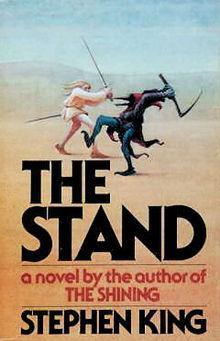
According toCreepshows: The Illustrated Stephen King Movie Guide, King's 1978 version of The Stand was inspired by a real life chemical spill in Utah that killed a number of sheep and the doomsday proclamations of a Midwestern preacher on a religious radio station. It was NOT, however, inspired by the AIDS epidemic, as some cultural commentators have tried to argue. The timing for his 1978 novel about a pandemic superflu to be a commentary on AIDS simply doesn't quite work out, not when the term "AIDS" wasn't even used for the first time until 1982.
Still, King was sadly struck by the similarities, later admitting, "When the AIDs thing started to happen,I couldn't believe how much it was like The Stand. It was almost as though I'd invented it myself. As a result, when The Stand was re-published in a longer format in 1990 King inserted several AIDS references.
2. King almost stopped writing the novel when he noticed Terry Nation's Survivors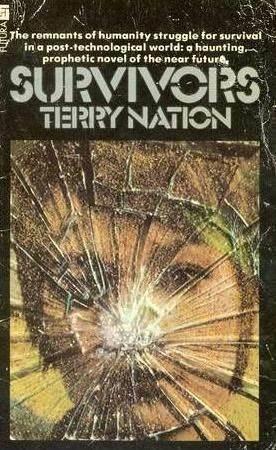
The Utah chemical spill might have directly kickstarted King's macabre imagination, but he was also pulling from prior literary and cinematic sources which had also explored what would happen if a superflu wiped out of most of the world. See George R. Stewart's 1949 novel The Earth Abides and the 1971 film The Andromeda Strain. However, only one of those precursor stories actually caused him to ponder simply shelving the whole thing.
Terry Nation's 1976 BBC series-turned-novel Survivors tells a similar story as The Stand but from a British point of view and setting, but King was already writing The Stand by that point. When he first saw Nation's novel version of Survivors in a bookstore, he thought, "Great, this guy has just written my book," but decided his story was different enough to keep going.
Ironically, when the BBC produced a new version of Survivors in 2008 it was often accused of feeling too familiar, too similar to The Stand mini-series.
3. People kept telling King to make it as a mini-series. He didn't think that was possible until he saw It.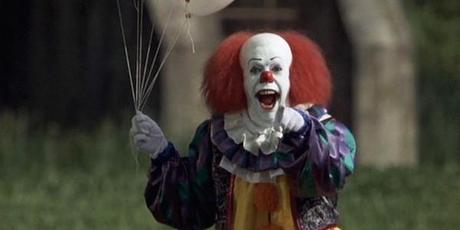
For the better part of a decade, King and George Romero hacked away at a potential Stand film or perhaps two-part movie filmed back-to-back and released a year apart. They kept taking their own attempts at it as a screenwriter and kept hitting the same wall: maybe this should be a TV mini-series instead.
"People have told me that The Stand would make a great TV mini-series, but I just can't see the end of the world being brought to you by mouthwash," King told Fangoria as explanation for his reluctance.
ABC's mini-series treatment of It in 1990 is what changed his mind and convinced him, "The mini-series format grew up."
He told the Hartford Courant, "I liked It very much. The way that It was adapted was largely instrumental in my decision to go ahead and run with The Stand on ABC. I liked Tommyknockers a little bit less...But I thought they did a pretty decent job with a book that wasn't top drawer to begin with."
It certainly helped that ABC offered six hours (eight with commercials) to tell the complete story, thus allowing King to rework in all the subplots and side characters which had been excised from prior drafts.
4. George Romero not even offered the job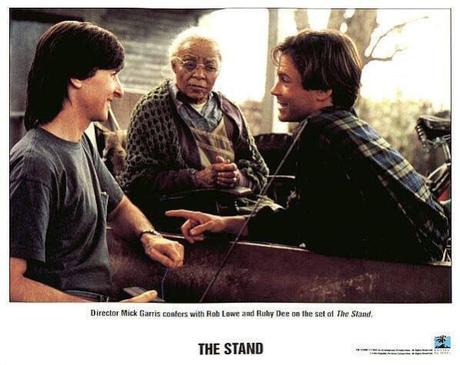
Despite his decade-long attachment to the project, when The Stand finally got the greenlight at ABC George Romero was never even offered the directing job. It was hardly a new twist of fate for him since he ended the 80s with more unproduced Romero-King screenplays than produced, and after severing business ties with producer Richard Rubinstein he often found himself on the outside of old deals, like Pet Sematary.
Bypassing Romero, The Stand job went to Sleepwalkers director Mick Garris instead. Here's Garris telling Fangoria at the time how he got the job:
5. A thick script"The only reason I am here is because of Stephen King. I don't think he's used to a director really wanting his input as much as I did - encouraging it, wanting to be faithful to the tone he set and really looking for his approval. If you have that offered to you, you'd be a fool not to take advantage of it."
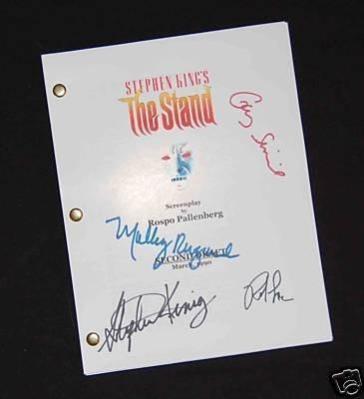
The final draft of the script ran longer than 400 pages long.
6. Gary Sinise cast based on Steinbeck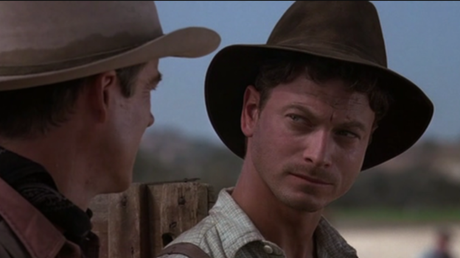
1994 was a big year for Gary Sinise. He starred as Stu Redman in The Stand, capably serving one of the few true focal points in such a sprawling ensemble, and also did a little thing called Forrest Gump. Apollo 13, Truman, and Ransom would soon follow. However, prior to The Stand, he'd worked in TV for a decade and just started transitioning into movies. Garris cast him as Redman based on the strength of his performance as George in the 1992 film adaptation of Steinbeck's Of Mice and Men - a movie Sinise actually directed himself. He hasn't directed a single film or TV show since then, but that's ok. He's been a little busy.
7. Casting what-ifs include Robert Duvall as Randall Flagg and Whoopi Goldberg as Mother Abigail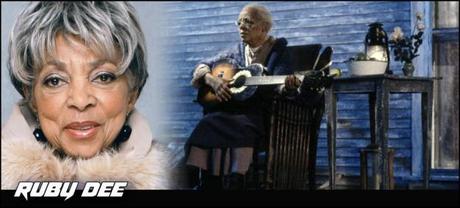
King's version of Randall Flagg was meant to resemble Robert Duvall, who was actually attached at one point during the development hell of the 80s. When the mini-series rolled around, the part was offered to Jeff Goldblum, Willem Dafoe, and Christopher Walken. They all passed, leaving the role to go to Jamey Sheridan, famous at the time for playing Luke Perry's philandering dad on 90210. It wasn't an entirely popular casting choice. On the DVD commentary, for example, King muses that with the mullet they gave Sheridan he comes off like a Satanic Fabio. Randall Flagg considerations: James Woods, Lance Henriksen, David Bowie.
Standing opposite of Sheridan's' Flagg is Ruby Dee version of Mother Abigail, the 108-year-old spiritual leader who loves looking out over her plastic crops corn field and imparting vague proclamations to the many plague survivors coming to her in a vision. According to Stephen King Films FAQ, the role was originally offered to Whoopi Goldberg, who ended up having to back out of the project due to scheduling. She missed out on getting to sit for hours in the makeup chair since the effects team laid one enough make-up and prosthetics to age Ruby Dee up by over 40 years.
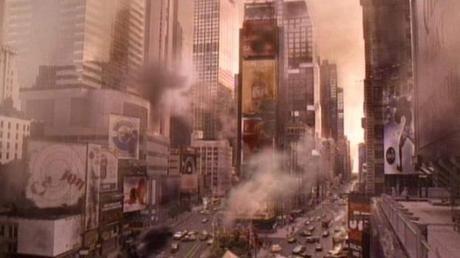

The five-month shoot began in Utah in February 1993 and ultimately traveled to six states and ninety-five locations, including Las Vegas, New York, and Ogunquit, Maine. The lofty $28 million budget was split between ABC and Laurel Entertainment, a subsidiary of Spelling Entertainment Group which raised the funds primarily through foreign sales. A lot of the money simply had to go toward paying the 125 actors with speaking roles and more than 600 extras.
9. Even with all of that money and time, the experience of shooting the thing was still akin to "guerilla filmmaking"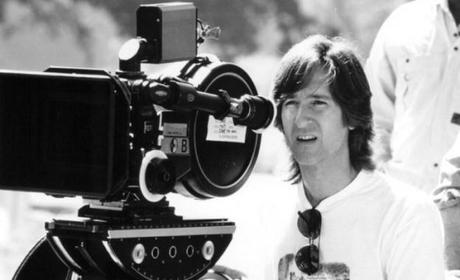
$28 million might seem like a lot of money and time for any TV mini-series, which it was for the time, but considering that they had to fill six hours of content they were constantly up against the wall, leaving Garris to characterize much of the work as feeling surprisingly similar to "guerrilla filmmaking."
10. Local difficulties included briefly relocating the sex offender wing of a prison and facing a picket line
Specific locations included the State of Utah Prison, where the entire sex offender wing was physically relocated for a few days to accommodate production. Eventually, the production had to contend with picketing since Utah is a right-to-work state and some on the crew claimed they were being exploited.
11. Garris included the cameos as easter eggs for horror fansAdding to The Stand 's event status at the time was the surprisingly high number of celebrity cameos, particularly in the first episode. Kareem Abdul Jabbar, Kathy Bates, and Ed Harris all make fleeting, uncredited appearances. Dramatically, it serves the purpose of unnerving the audience since some of the biggest names in the entire show don't survive the first two hours.
That's not totally why Garris did it, though. For example, elsewhere in the mini-series he also gives screentime to horror icons Joe Bob Briggs, Tom Holland, John Landis, and Sam Raimi in small roles. "I like to have cameos in my films. I think it's fun for the fans of a certain field to see people only they know," Garris told Cinefantastique.
12. ABC reaped the benefits.Each two-hour episode drew around 19 million viewers, with the final three installments ranking as the top three shows of the week. The highest-rated ABC mini-series in eight years, trailing just North and South, Book II.
13. Shot on Donny and Marie Osmond's old soundstage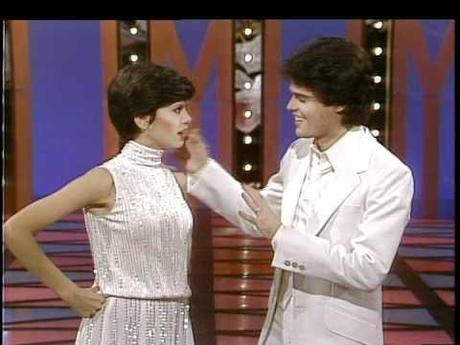
Donny and Marie Osmond built soundstages in Orem, Utah in the 1970s for The Donny & Marie Show as well as various Osmond-related TV specials. In 1989, the Osmonds sold the soundstages to Ventura Entertainment Group. Wouldn't you know it, that's where a lot of The Stand 's soundstage work was filmed.
14. Correction: The Emmy-winning The Stand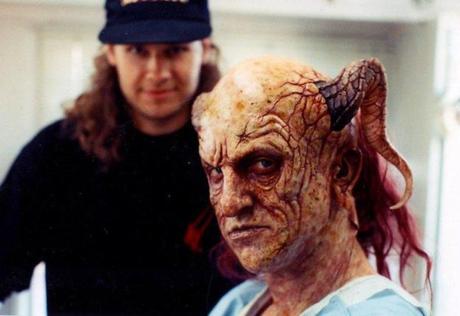
The Stand won an Emmy for its often impressive makeup work but now looks a bit upstaged by cheesy and unconvincing CGI "morphing" visuals which haven't stood the test of time. Speaking of which...
15. Looking back now, King and Garris concede some elements haven't aged well.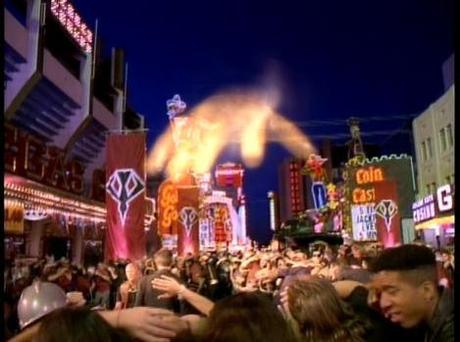
On the DVD commentary, Garris concedes the climactic "hand of God" image is "chintzy."
Now, let's all listen in on May 8th when Garris' interview with King goes live. Looking back on the mini-series 25 years later, who knows what new insight, regrets, or back-patting they'll have to offer.
Sources: Stephen King Films FAQ: All That's Left to Know About the King of Horror on Film, Creepshows: The Illustrated Stephen King Movie Guide,
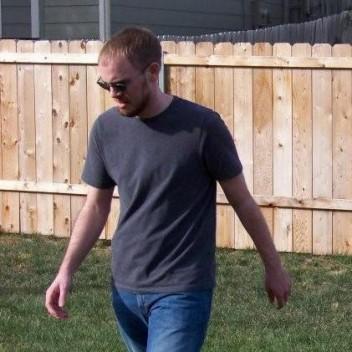
Grew up obsessing over movies and TV shows. Worked in a video store. Minored in film at college because my college didn't offer a film major. Worked in academia for a while. Have been freelance writing and running this blog since 2013. View all posts by Kelly Konda

